All rights reserved. No part of this publication may be reproduced or transmitted in any form or by any means, including photocopying and recording, without the written permission of the copyright holder, application for which should be addressed to the publishers. Such written permission must also be obtained before any part of this publication is stored in a retrieval system of any nature.
This book is sold subject to the Standard Conditions of Sale of Net Books and may not be resold in the UK below the net price given by the Publishers in their current price list.
Genta, G.
Kinetic energy storage: theory and practice of advanced flywheel systems.
1. Energy storage 2. Fly-wheels
I. Title
Preface
Flywheels are among the most ancient mechanical devices known to man, and the use of the wheel for storing energy seems to be older than its use as a means of supporting vehicles.
It was, however, only since the early 1970s that the awareness of the growing costs of energy and of an eventual shortage of fossil fuel supplies engendered an interest in energy conservation and, in consequence, in energy storage devices, among which are flywheels.
Research on advanced flywheels which can store as much energy per unit mass as other types of energy storage device has been undertaken in many countries, often supported by public funds.
This book is an attempt to systematize the results of research and to present and up-to-date state of the art review of the subject, which the author feels is justified for the following reasons.
Firstly, there is no agreement on the practicability and the future possibilities of flywheel energy storage from either the technical or the economic viewpoint. Over-optimistic statements found in scientific literature often vie with unjustifiably pessimistic views. There is therefore a need to present unbiased information to help the designer or manager to appraise these devices in an informed and systematic way, though the author is bound to admit that his own moderate optimism on the future of flywheel devices may at times colour these pages. The reader cannot fairly expect otherwise.
Secondly, flywheel technology is a complex subject and, as far as high energy density flywheels are concerned, a highly specialized one, and it is not unusual to hear false statements or incorrect interpretations of recent results from otherwise well-informed persons. Nor should it be forgotten that flywheels are, and have been for centuries, a fundamental element of many machines. Their design is often regarded only in their ability to supply the required inertia to a rotating part without much concern for other characteristics.
Some of the results of the work aimed to produce viable flywheel accumulators can also be used to refine the design of flywheels used in conventional applications, and so upgrade their performances.
The aims of this book are consequently twofold:
(i) to assemble information from various sources for those who have to decide the pros and cons of the various types of kinetic energy accumulator for given applications, and for the designers who must implement that decision.
(ii) to reveal to designers of rotating machinery of all types the full potential of modern flywheel technology.
Flywheel technology involves many aspects which belong traditionally to other disciplines. Thus the authors own technical background might be excused for any emphasis on the design of the rotor and its dynamic behaviour, while other perhaps not less-important elements receive less attention, consistent also with the need for reasonable economic constraints on the length of this book. An extended bibliography is intended for those who wish to delve deeper into these aspects.
The author expresses his sincere thanks to all persons and institutions without whose co-operation these pages would not have been written, and particularly to his colleagues and technicians of the Dipartimento di Meccanica of Politecnico (Technical University) di Torino, who took part in the research work on flywheel technology and whose suggestions, criticism and general exchange of ideas contributed much to this work; also to the Italian National Research Council (C.N.R.) who sponsored the work and under whose founding the research is proceeding and whose contribution is much appreciated. Thanks are also due to those who have participated in the research, and their research managers, in particular Dr P. Motta of CISE (formerly with Industrie Pirelli S.p.A.) whose co-operation was essential for the experimental part of the work, and to other research institutions with which a constant exchange of opinions and results has proven invaluable, especially to Dr D. W. Rabenhorst, whose fruitful and objective work at the Applied Physics Laboratory, Johns Hopkins University, has proved to be an invaluable source of ideas and encouragement.
The author also wishes to register his appreciation of the help given by Dr T. M. Barlow of Lawrence Livermore National Laboratory, who is responsible for the Mechanical Energy Storage Technology Project, sponsored by the US Department of Energy, and who provided the author with all the printed matter issued on the subject.
Last, but not least, a sincere thanks to my wife, Franca, both for her encouragement and for having done the tedious work of revising the manuscript.
G. Genta
Symbols
a acceleration; effective molecular diameter
c radial clearance between the flywheel and the housing; damping coefficient
d distance
dm average diameter of a bearing
ds diameter of a shaft
e energy; base of natural logarithms
fo rolling resistance coefficient (at zero speed)
g acceleration of gravity
h disc thickness at radius r
i imaginary unit (i =  )
)
k ratio between the specific heat at constant pressure and the specific heat at constant volume; stiffness





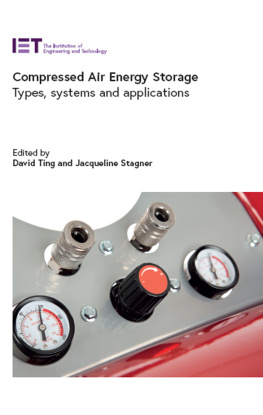

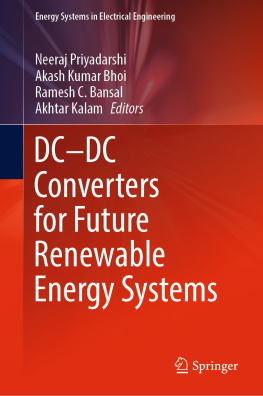
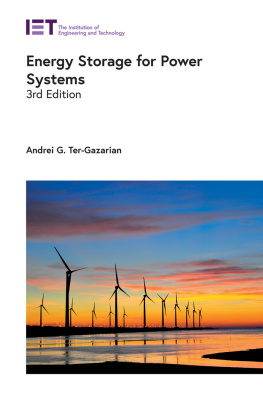
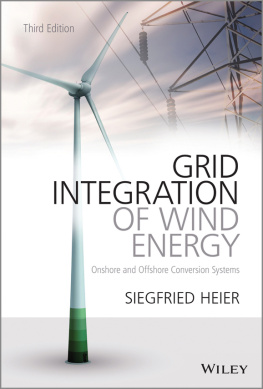
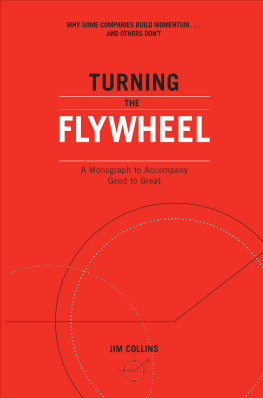
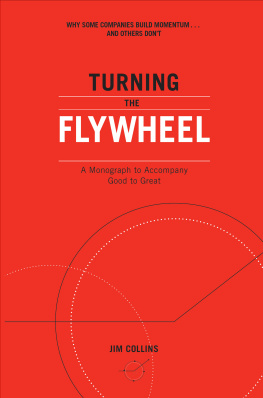
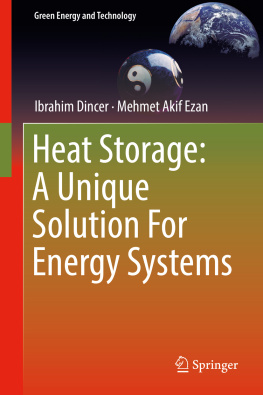

 )
)